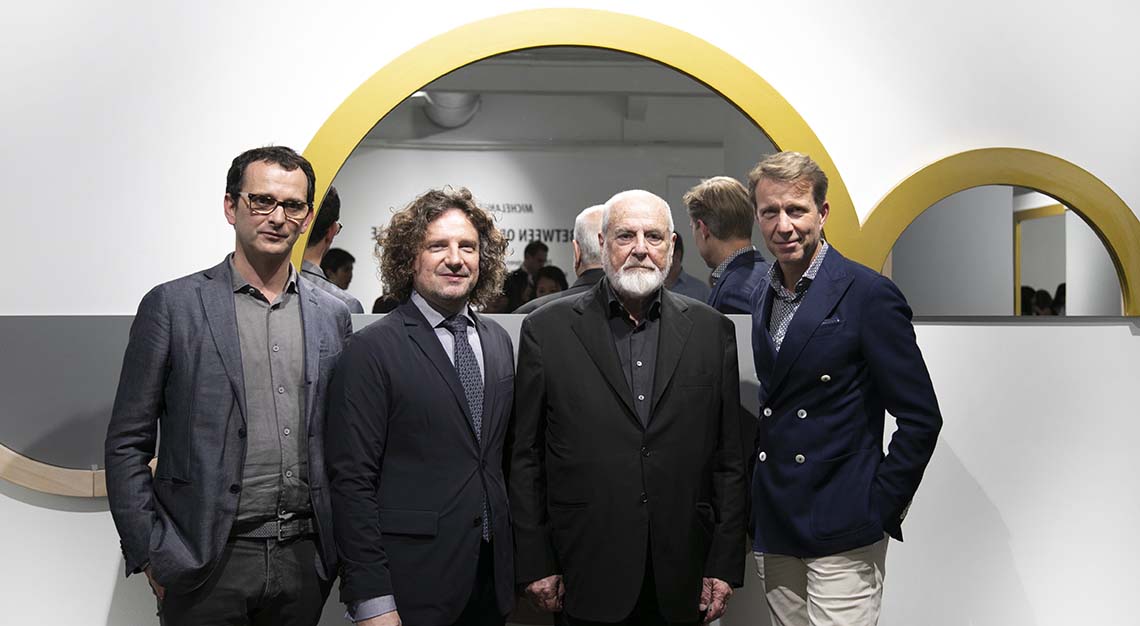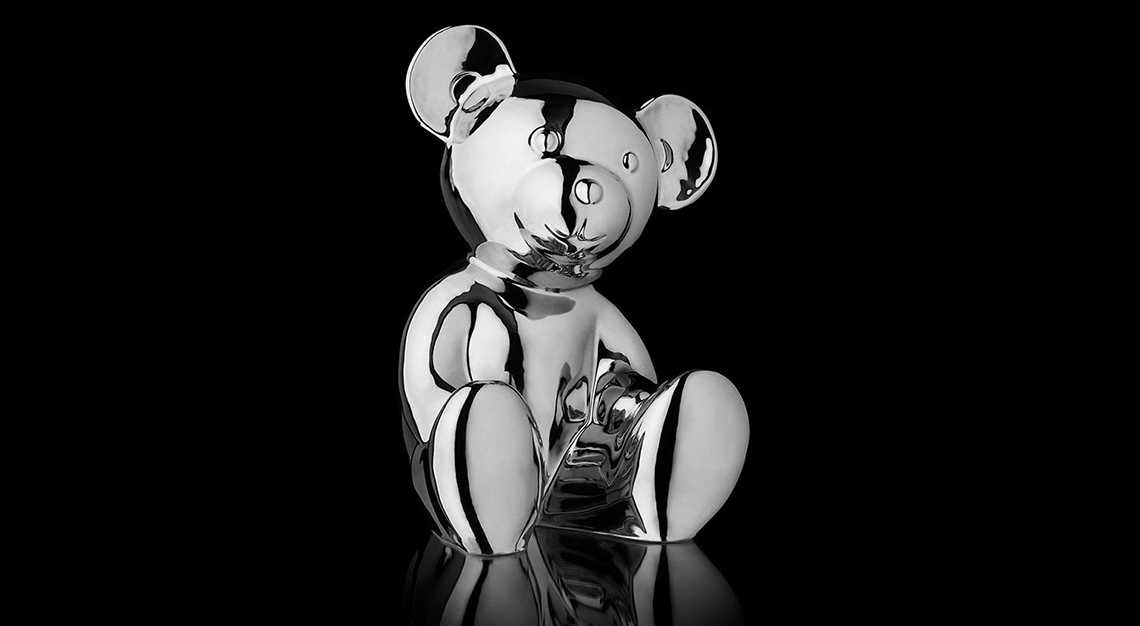What we learned when the maestro himself, Michelangelo Pistoletto, waxes lyrical about life, the universe and his art.
When Michelangelo Pistoletto came to Singapore in January, he introduced the art community here to the concept of The Third Paradise – often described as conjoined infinity symbols that depict what happens when two opposing ends come together, birthing a compromise in the middle. Not only did Pistoletto unveil a living display of The Third Paradise at Nanyang Technological University (NTU)’s School of Art, Design and Media, he also presided at an exclusive dinner for a select group of Robb Report Singapore readers at the 1880 club. The octogenarian artist concluded his visit to the red dot with an art panel discussion at Partners & Mucciaccia. Here are five findings the panel came to during the talk.
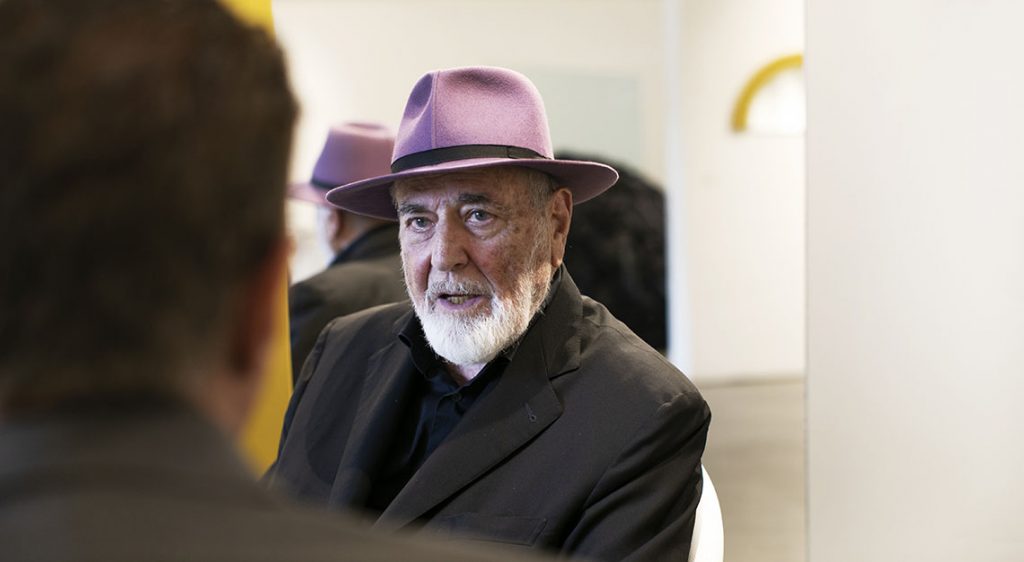
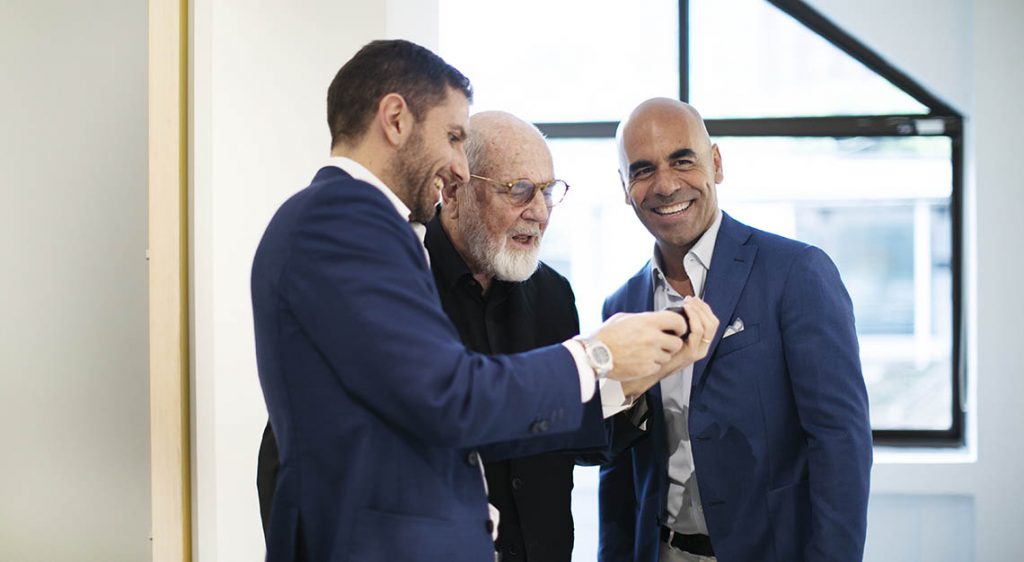
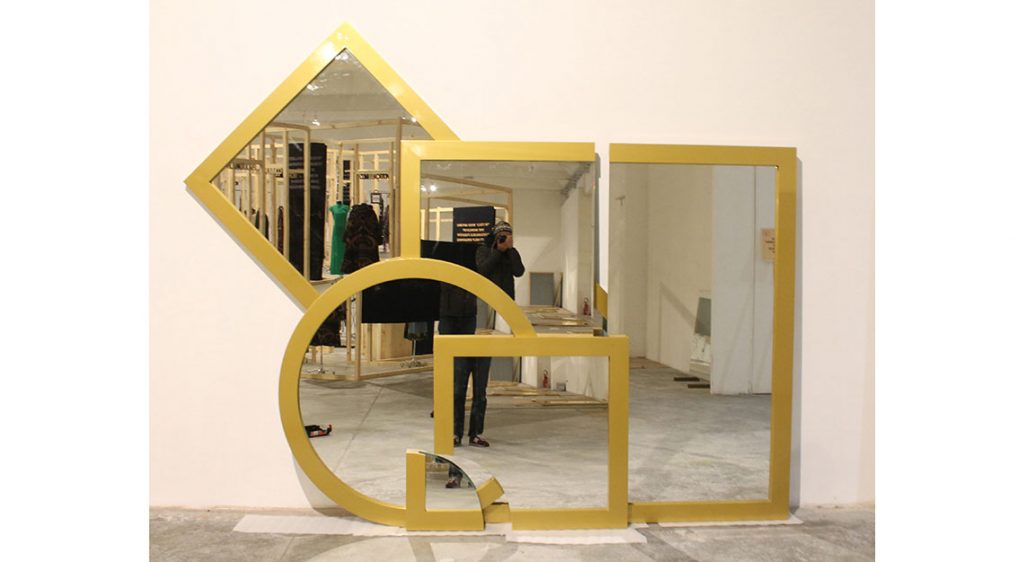
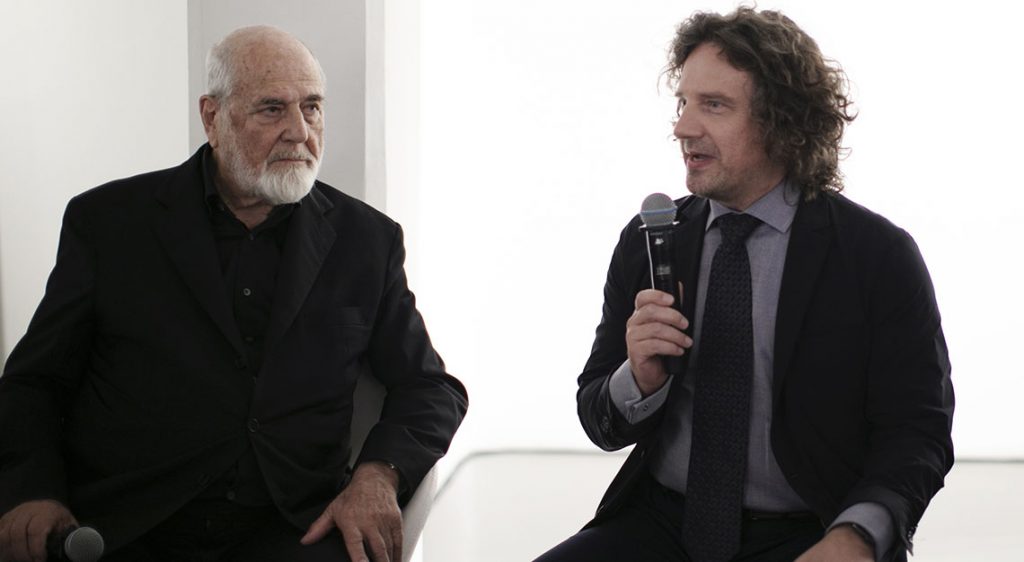
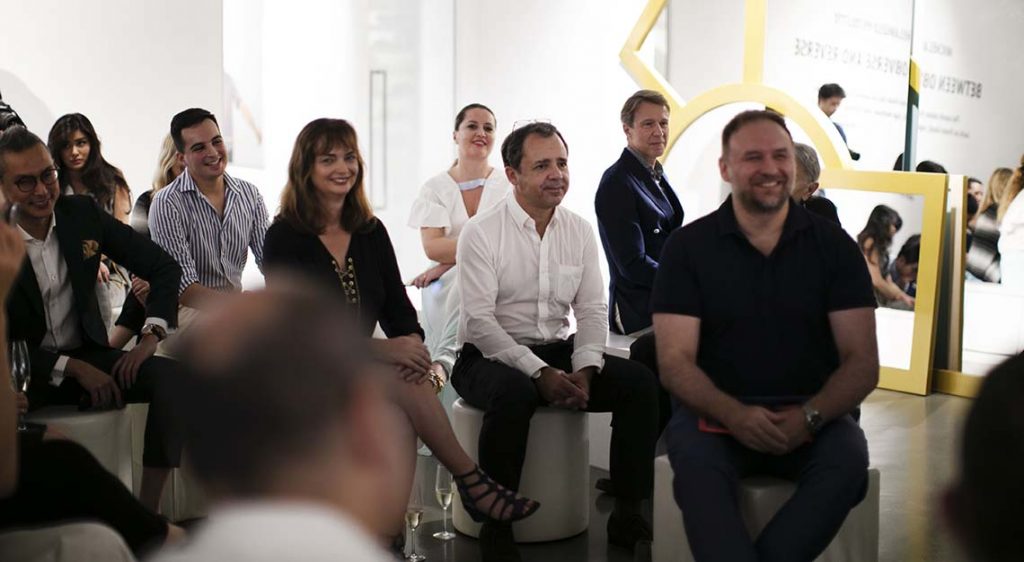

Infinite Interpretations
As with the infinity symbol that The Third Paradise has echoes of, the number of ways it can be interpreted is virtually limitless as well. It is light and dark, positive and negative, as referenced by an exhibition of Michelangelo Pistoletto’s art at Partners & Mucciaccia. Consisting of mirrors with a strategic portion of their glass and frames cut away, Pistoletto says this allows you to see the mirror for what it is. And perhaps this also allows viewers to reflect, both literally and figuratively, on the mirror itself.
A Symbol Of Creation
In addition to it resembling the symbol for infinity, the centre of The Third Paradise also represents the coming together of two disparate elements in order to create something new. “Two different elements that produce a third element that didn’t exist before,” says Pistoletto. He cites the example of a duet between a soprano and a tenor, with the symphony of the two voices coming together producing completely new and beautiful music. In addition to that, we now have to become masters at putting together nature and technology. “We are at the beginning of a new era,” asserts Pistoletto, saying we as homo sapiens must reconcile that with the inevitable rise of the ‘homo techno’.
(Third) Paradise on Earth
It’s clear The Third Paradise is more than just a mere work of art. If we may make so bold, it’s a philosophy, a way of life and a vision of an enlightened, utopian future. The only bad news is that we’re only taking our first tottering steps on that path, says Pistoletto. To achieve a true paradise, Pistoletto says we must acknowledge that two seemingly opposing things must come together to make a new whole. The key here is balance, he adds, and if we can’t come to a consensus and bring these opposing elements into equilibrium, the world can never be perfect. “When I turn on the television or look at the newspaper, what I see is a society not able to find a balance, to find a good system to organise itself. We need to work with others, with society, in order to have a better life, to have a balance,” he says.
The Third Paradise belongs to everyone
“I don’t feel happy if I just make my own personal creation because I am part of society,” says Pistoletto, referring to how The Third Paradise is a dialogue between him and society in general. By engaging in dialogue, an exchange of ideas can be started and the possibilities that come out from that is limitless. And Pistoletto’s role in that is to be a creator.
Perhaps he sums it up best by saying: “They call me ‘maestro’. Maestro means they have to teach people, to be teachers of creation. Everybody can teach somebody else of his own of experience of creation.”
The Third Paradise is infinity itself
“The creation is a process without end,” he says. The organic nature of the dialogue around The Third Paradise means it’s a collaborative effort, and more importantly, one that will always go on. It will evolve and part of its original form may be destroyed, but that’s a natural process of life, adds Pistoletto.
What is destroyed will eventually be constructed, perhaps into something completely new, and that’s the essence of The Third Paradise. Pistoletto says: “We can say the same of society; it is a system that is able to understand the function of nature and has the capacity of creation. It is always something of perpetual movement.”
The Third Paradise by Michelangelo Pistoletto can be viewed at Partners & Mucciaccia gallery from now until 21 April 2019.
Partners & Mucciaccia
#02-10
Gillman Barracks
6 Lock Road
Singapore 108934
Tel: +65 6694 3777
